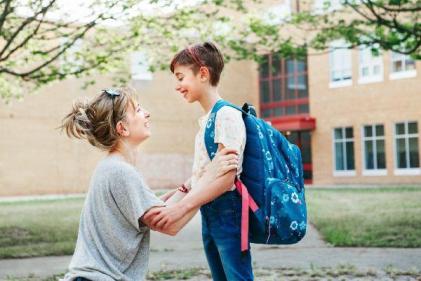
It’s that time of year again when mums are on high alert against the potential threat of head lice.
First and foremost, you need to believe us when we say that your child getting lice is nothing to be embarrassed or ashamed about. Most people will catch them at least once in their life, and while they are definitely a pain to get rid of, it doesn’t reflect poorly on how you look after your kids.
What are head lice?
Head lice are tiny parasitic insects that generally live on the scalp where they hide in the hair and enjoy your body heat. They feed on blood and often cause the scalp to feel itchy, leading to the head scratching dreaded by parents and teachers around the country.
A louse can live for up to 30 days and is capable of laying eight eggs each day. Eggs, also known as nits, are attached to the hair and can be brown, tan or yellow in colour. Once the louse has hatched, the eggs become white or even transparent.
Head lice: the facts
- Head lice are reddish-brown wingless insects.
- They do not live on pets.
- They feed on human blood three-to-four times daily.
- Head lice can't live off the human host for more than 24 hours.
- Females can lay up to 100 eggs and require just one mating to be fertilised.
- They are able to reproduce in 10 days; live eggs hatch in seven-to-10 days.
- Head lice are mainly transmitted by head-to-head contact but can also be spread through the sharing of personal articles.
- Despite the myth, they can't hop, jump or fly.
If you are unsure if your child has head lice, find out how to check for lice. It’s best to make sure that your child does have lice before you begin treatment.
If you are sure that your child does have head lice and you wish to treat it, find out how here.

Preventing head lice
If your child is free from lice but you know that friends or class mates have them, you may be wondering if there is a way to prevent your child from catching it. The main thing you can do is warn your child to avoid head-to-head contact with other children and not to use another child’s hairbrush or hair accessory.
Hedrin have a great preventative conditioning spray called Protect & Go, which is clinically proven to help protect against head lice. The water-based treatment can be applied to wet or dry hair after shampooing and disrupts the life cycle of head lice, preventing an infestation
Head lice and schools
If you discover your child has head lice, you should notify their teacher immediately. Schools will often send a note home when another parent informs them that a child has lice or if the school has noticed a break out in the school.
For more information on the Hedrin range, click here.






